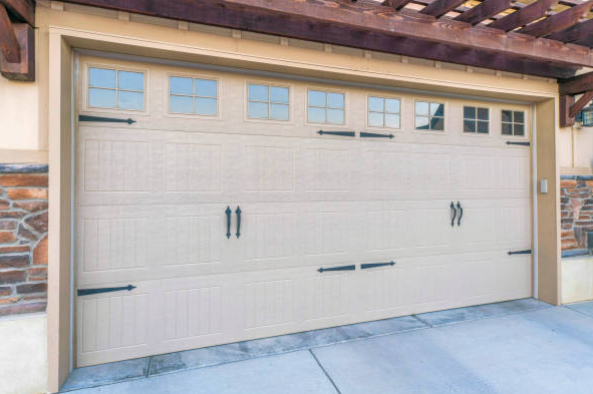Ever pondered the technology behind your garage door remote in Winnipeg? This small yet powerful device communicates wirelessly with your garage door opener through radio frequencies. With just a simple click, you can effortlessly open or close the door. The opener, featuring a receiver, decodes these signals, ensuring smooth movement in response to your remote’s commands. This harmonious interaction between your remote and opener creates a seamless and convenient garage control experience, making it an essential aspect of garage door repair in Winnipeg for optimal functionality.
The Operation Of Garage Door Remotes
The operation of a garage door remote involves a straightforward yet sophisticated process. When you press the button on the remote, it sends a signal to the garage door opener’s receiver.
This signal typically utilizes radio frequency technology. The receiver, installed in the opener unit, then decodes the signal and triggers the motor to either open or close the garage door.
Most modern garage door remotes use rolling code technology, enhancing security by generating a new code with each use.
Understanding how your garage door remote works provides insight into the seamless and convenient access it offers, making your daily life more efficient and secure.
1. Wireless Communication And Signal Transmission
Your garage door remote uses wireless communication to transmit a signal, activating a receiver in your garage.

This triggers the motor, magically opening or closing the door. The remote and receiver communicate on a specific frequency, ensuring security and preventing interference.
This technology has transformed garage door operation, eliminating the need for manual effort. It’s like having a magic wand for your garage door!
2. Understanding Radio Frequencies
Garage door remotes use radio waves to communicate with the opener. Pressing the remote button sends a unique code on a specific frequency, typically around 315 or 390 MHz.
This avoids interference with other devices. The opener’s receiver compares the code, activating the motor only if there’s a match.
This wireless system ensures secure and efficient garage door operation.
3. The Role Of The Garage Door Opener
The garage door opener, a motorized device with a control system, effortlessly opens and closes your garage door.

When you press the remote button, a signal instructs the opener to move the door along a track using its motor. Without it, manual operation would be time-consuming.
The control system ensures safety, stopping the door if obstacles are detected. Additional features may include automatic lights for visibility.
The garage door opener enhances convenience in accessing your vehicle storage space.
4. Mechanisms Of Signal Transmission
When you press your garage door remote, it uses radio waves to send a signal to the opener. Tuned to a specific frequency, the receiver in the opener decodes the signal, activating the motor to open or close the door.
This wireless technology allows you to control your garage door effortlessly from a distance, showcasing the ingenuity of signal transmission.
5.Exploring The Functionality Of A Garage Door Remote
A garage door remote allows you to effortlessly control your home’s entrance. When you press the remote button, it sends a unique signal to the garage door opener, instructing it to open or close.

This wireless technology uses a specific frequency, ensuring only your remote can operate your garage door.
By utilizing radio frequency signals, the remote communicates with the opener, making it a simple and convenient tool for modern homeowners, enhancing both convenience and security.
Additional Articles: How To Cover Garage Door Windows For Privacy?
Conclusion
In conclusion, a garage door remote uses wireless communication with radio frequencies to effortlessly open and close your garage door. When you press the button, it sends a signal to the opener, activating the door mechanisms. This simple yet effective process enhances the convenience and efficiency of operating garage doors, providing peace of mind for users.







